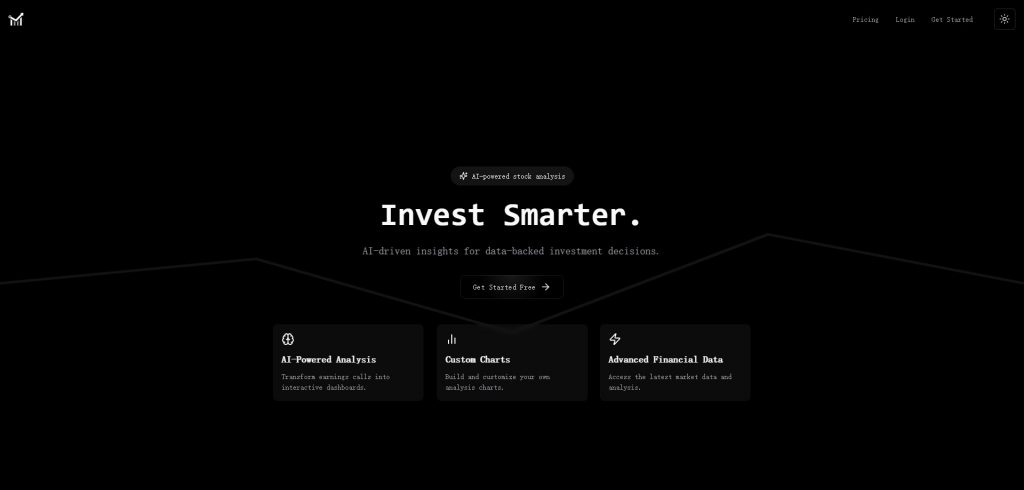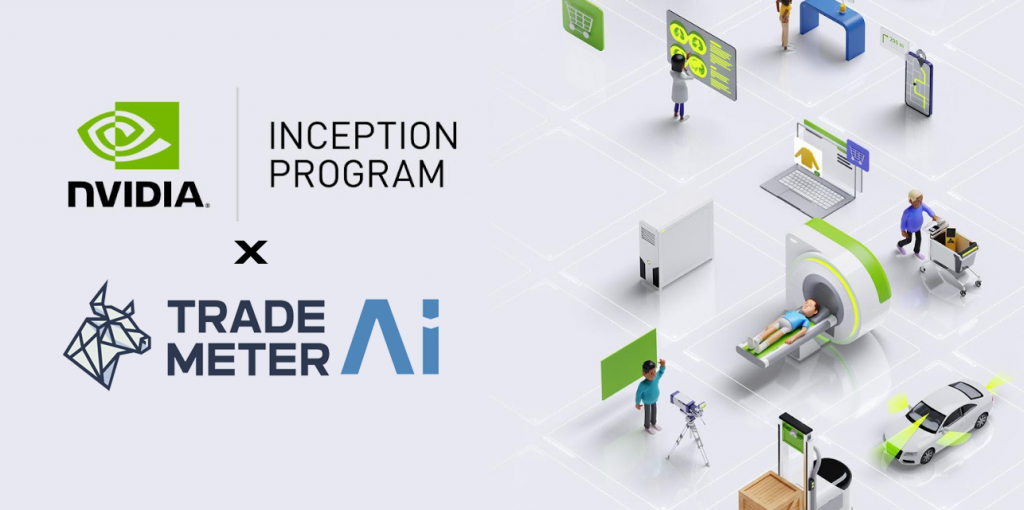20 New Pieces Of Advice For Deciding On Chart Ai For Trading Websites
20 New Pieces Of Advice For Deciding On Chart Ai For Trading Websites
Blog Article
Top 10 Suggestions For Considering The Security And Privacy Of Ai-Based Stock Predicting/Analyzing Trading Platforms
If you are using trading platforms that use AI that predict and analyze stock prices privacy and security are crucial. These platforms often deal with sensitive personal and financial data. Any breach or mishandling of information can result in massive financial losses as well as reputational harm. These are the top 10 suggestions to assess the security and privacy of these platforms:
1. Examine the security of your data
Encryption on transit: Check that the platform you are using uses secure protocols to secure your data when it is transmitted between their servers and your device (e.g. TLS/SSL).
Secure data encryption at rest: Verify the encryption of sensitive data on the server of the platform using a high-quality encryption standards (e.g. AES-256).
Verify if the platform supports end-to-end encryption of sensitive information or communications.
2. Examine the authenticity methods
Two-factor authentication (copyright) Make sure that the platform supports copyright to give you an extra layer of security.
Biometric authentication - Look to see if there are biometric options for mobile app login (e.g. finger fingerprint, facial recognition).
Password policy: You should see if your platform enforces strict guidelines on passwords.
3. Verify Compliance
Financial regulations: Ensure your platform is compliant with all relevant financial laws (e.g. SEC FINRA MiFID II).
Laws on data protection: Make sure you are in your compliance with privacy laws (e.g. GDPR, CCPA), if you're in or doing business with regions subject to these laws.
Audit certifications. Check that the platform you're looking at has passed third-party tests of security or certificates.
Review Controls for Access to Data
Role-based Access: Ensure that the platform is using role-based controls (RBAC) to limit access to data to users who are authorized.
Check if you're able to set different permission levels for users or teams.
Activity monitoring Check to see whether your application tracks and monitors the user's activity.
5. Evaluate the Management of Vulnerability
Regular updates Regular updates: Update the software to ensure it's always current.
Penetration testing: Verify that the platform has been subjected to regular penetration testing to discover and correct security vulnerabilities.
Look for bugs bounty programs. They are designed to encourage external security researchers (such as those at Google) to share security issues.
6. Evaluate Data Privacy Policies
Transparency: Read the privacy policies of the platform to understand how your data is used, gathered and shared.
Data reduction: Only collect information required for the functionality of the platform.
Third-party sharing: Check if the platform shares information with third-party partners and in the event that it does in what manner and under what conditions.
7. Secure API use is essential to check
API security. It is important to ensure APIs utilize secure authentication techniques (e.g. OAuth keys, API keys), and that data is secured.
Rate-limiting: Determine if the API has a limit on rate to stop abuse and brute force attacks.
Access logs: See whether the platform records API access and use for monitoring and auditing.
8. Review Incident Response, Recovery
Incident Response Plan: Ensure that your platform is well-defined incident response plan for dealing with data breaches.
Read the policies of the platform for notifications.
Data backups: Make sure the platform is regularly backed up with data, and also has a disaster recovery plan.
9. Evaluate the physical security measures
Data center security: Ensure the platform's servers are hosted in secure data centers with physical security measures (e.g., monitoring, access controls).
Redundancy: Determine if the platform has redundant systems that will ensure the availability of data in the event an hardware failure.
Geographic distribution: To improve resilience, make sure the data is distributed across different locations.
10. Examine the privacy controls of your users
Data deletion: Ensure that the platform allows you to delete all your personal data when you decide to cease using it.
Privacy settings: Determine if your platform offers privacy settings that control the data that can be shared or made visible.
Check the anonymization of data for machine learning and analytics.
Bonus Tips
User reviews and feedback: Use reviews and feedback to determine the platform's reputation for privacy and security.
Trial period: Try out the security and privacy features of the platform with the free trial.
Support for customers: Make sure the platform offers robust support for security-related issues or concerns.
Check these points to determine the privacy and security level of AI platforms for stock prediction and analysis. This way your financial and personal information are secure. A secure platform not only safeguards your assets but also builds confidence and trust in its offerings. Follow the most popular what is it worth on ai stock picker for more tips including trading chart ai, ai chart analysis, chatgpt copyright, best ai stock, ai for trading, ai stocks, ai investment platform, using ai to trade stocks, incite ai, trader ai and more.
Top 10 Suggestions For Evaluating The Speed And Latency In Ai Stock Predicting/Analyzing Platforms
Latency and speed are an important factor to consider when evaluating AI software for stock prediction or analyzing trading platforms. This is especially true for algorithmic traders, high-frequency traders as well as active traders. Milliseconds aren't the only thing that can impact trade execution and profitability. Here are 10 suggestions to determine the speed and latencies of these platforms.
1. Real-time Data Feeds to evaluate
Speed of data delivery: Make sure the platform delivers real-time data with the least amount of delay (e.g. less than a millisecond delay).
Data source proximity: Find out whether the servers of the platform are located near to major exchanges to reduce the time for data transmission.
Data compression - Ensure that the platform uses effective data compression techniques to increase data delivery speed.
2. Test Trade Execution Time
Time to process orders: This is the duration it takes for the platform to process and execute trades after you've submitted an order.
Direct Market Access: Verify that the platform you are using offers DMA. DMA is a feature that lets you send orders directly to exchanges without intermediaries.
Check for detailed execution reporting, which includes timestamps and confirmations of the order.
3. Assess Platform Responsiveness
User interface (UI, or user interface speed): This is the speed at which the platform's user interface responds to inputs you enter (e.g. clicking buttons or loading graphs).
Updates to charts - Check that the charts are updated in real time and without any lag.
Mobile app performance. If you are using a smartphone app you can expect it to run similarly to its desktop counterpart.
4. Check for Low Latency Infrastructure
Servers' location The platform is running a low-latency servers that are close to exchanges and financial hubs.
Look for colocation alternatives. These services permit you to place your algorithms near the exchange.
High-speed networks: Check if the platform is running high-speed fiber optic networks or technology with low latency.
5. Check the backtesting speed and simulation speed.
Test the platform's capability to analyze and process past data.
Simulation latency: Make sure that the software can simulate trading in real-time without obvious delay.
Parallel processing (or distributed computing) Find out what platforms use the concept of parallel processing or distributed processing in order to speed up complicated calculations.
6. Calculate API Latency
API response: The API's API is measured by the time it takes to answer requests.
Limits on rates. Examine the API's rate limits in order to avoid delays during high-frequency trading.
WebSocket support: Determine if the platform uses WebSocket protocols for real-time and low-latency data streaming.
7. Test platform stability under load
High-volume trading: Play high-volume trading scenarios to assess whether the platform is stable and responsive.
Test your platform during times of high market volatility.
Check to see what tools are that allow you to test strategies for extreme situations.
8. Evaluate network and connectivity
Speed requirements for internet: Check that your internet connection is at the speed recommended by your internet provider to achieve the best performance.
Make sure there aren't any redundant connections.
VPN latency. Check to see if you're using VPN. Verify if you are using a VPN to determine if it causes latency.
9. Make sure you are checking for features that speed up your performance.
Pre-trade analytics: Make sure that the platform has pre-trade analysis to optimize order routing and execution speed.
Smart order routing (SOR), also known as smart order routing is a method to determine the most speedy and cost effective execution venues.
Latency monitoring: Determine if your platform has tools that let you analyse and monitor latency in real time.
Review Benchmarks and User Feedback
User reviews: Read user feedback to gauge the platform's speed and performance.
Third-party benchmarks: Look for independently-run benchmarks or reviews that compare the platform's speed to competitors.
Case studies: See whether the platform provides cases studies or testimonials, highlighting its capabilities for low-latency.
Bonus Tips
Try the trial for free or demo period to test your platform's speed and latency in real-world conditions.
Customer Support: Make sure whether the platform provides assistance with issues related to latency, or optimize.
Hardware specifications. Make sure the platform is compatible with a specific type of hardware like high-performance computers.
With these suggestions you can accurately assess the speed, latency, and the accuracy of AI software for analyzing and predicting stocks. This allows you to select a system according to your specific needs in trading and minimize any delay. Low latency is especially crucial for algorithmic and high-frequency traders, where even small delays can have a significant impact on profitability. Take a look at the recommended home page on best stock advisor for site tips including ai for investing, invest ai, best ai trading app, best stock analysis website, ai stock trading app, trader ai review, stocks ai, trader ai app, chart ai for trading, ai trader and more.